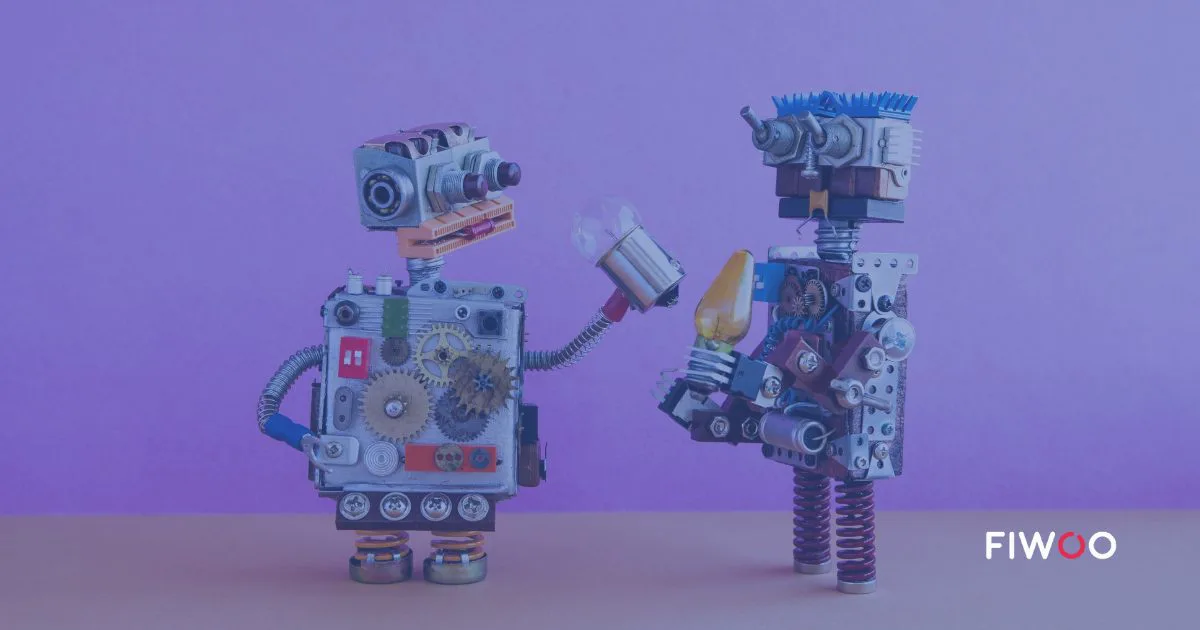
23 Jul All you need to know about Internet of Things (IoT)
The Internet of Things (IoT) comprises the network of physical objects that carry integrated sensors, software and other technologies. This is in order to connect and exchange data with other devices and systems through the Internet.
There are currently more than 7 billions devices connected and experts predict that this year it will reach 10 billion.
Technologies that make IoT possible.
Although the IoT has existed for a long time, the advancement of a number of technologies has enabled it to operate more efficiently. In this case we have to emphasize:
- Connectivity: this is about connecting sensors to the cloud and other “things” for efficient data transmission.
- Access to low-cost, low-power sensor technology: affordable and reliable sensors make IoT technology possible for more manufacturers.
- Machine learning and analytics: thanks to them, companies can gather information faster and more easily.
- Cloud Computing Platforms: allows both, businesses and consumers to access the infrastructure they need to expand capacity without having to manage it all.
- Conversational Artificial Intelligence (AI): advances in neural networks have brought natural language processing (NLP) to IoT devices (e.g. personal assistants) and made them attractive, affordable and viable devices for home use.
IoT’s areas of activity.
The IoT covers areas of industry, the connected home, health, robotics, transport, the automotive industry, safety in companies or production.
The industry is generalizing the use of sensors in manufacturing processes. The factories have installed sensors in their chains that transmit the activity to control centres where few highly qualified professionals manage the production processes in real time.
For homes, businesses are trying to make online connectivity for household tasks more convenient. This connectivity is associated with irrigation systems, washing machines, lighting or electronic devices.
The health sector; the IoT enables the increase of available information and the decrease of unnecessary interactions between health professionals and patients. Besides, hospital wheelchairs are equipped with IoT sensors and can be tracked.
Companies; the Internet of Things can be used to improve worker safety. By using applications based on IoT sensors, they can be informed of accidents or rescued as quickly as possible.
In addition, companies can monitor, analyze and automate day-to-day tasks to improve processes and create new business models.
How important is the IoT to the Smart Cities?.
The IoT in the Smart City has driven the development of new production models that collect data on how a city and a particular society acts.
In intelligent cities the IoT is implemented using sensors. Giving importance to public services such as transport, lighting, irrigation systems, waste collection, etc.
Thanks to the IoT, cities can manage public parking, traffic management, make public transport more efficient and less polluting, control city lighting and manage waste more efficiently.
No Comments